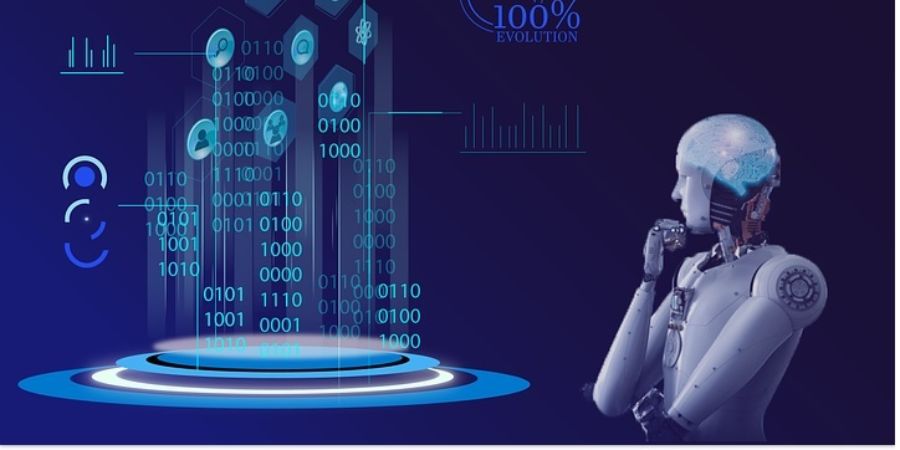

The Future of Deep Learning: Trends and Predictions
Deep learning, a subfield of artificial intelligence, has rapidly evolved and transformed various industries in recent years. As we look ahead, the future of deep learning holds immense potential for further advancements and groundbreaking applications. Here are some key trends and predictions shaping the future of deep learning:
1. Continued Growth in Industry Adoption: Deep learning is expected to continue its widespread adoption across industries. Companies will leverage deep learning techniques to enhance automation, improve decision-making processes, and optimize operations. Industries such as healthcare, finance, manufacturing, and retail will increasingly integrate deep learning into their systems to unlock valuable insights from large datasets and drive innovation.
2. Explainable and Interpretable Models: As deep learning models become more complex, there is a growing need for transparency and interpretability. Researchers and practitioners are focusing on developing methods to explain the decision-making process of deep learning models. Explainable AI techniques will play a crucial role in building trust and ensuring ethical use of deep learning systems, particularly in domains with high stakes such as healthcare and autonomous vehicles.
3. Federated Learning: Privacy concerns and data security have prompted the exploration of federated learning, a distributed approach to training deep learning models. In federated learning, models are trained on decentralized data sources while preserving privacy by keeping the data local. This trend will gain momentum as organizations seek to collaborate and train models across different devices and edge computing environments while maintaining data privacy.
4. Integration of Deep Learning with Other Fields: Deep learning will increasingly intersect with other fields such as reinforcement learning, generative modeling, and symbolic reasoning. The combination of deep learning with reinforcement learning will enable machines to learn from their own experiences and make optimal decisions in dynamic environments. Generative models, such as generative adversarial networks (GANs), will advance applications in image synthesis, video generation, and content creation. The integration of deep learning with symbolic reasoning will enable machines to understand and reason over symbolic representations, bridging the gap between perception and logical reasoning.
5. Advancements in Hardware: Deep learning's progress is tightly linked to hardware advancements. We can expect continued development of specialized hardware architectures optimized for deep learning tasks, such as application-specific integrated circuits (ASICs), field-programmable gate arrays (FPGAs), and neural processing units (NPUs). These dedicated hardware solutions will offer increased computational power, energy efficiency, and speed, enabling the deployment of deep learning models in real-time and resource-constrained scenarios.
6. Lifelong and Continual Learning: Current deep learning models often require large amounts of labeled data for training. Lifelong and continual learning techniques aim to overcome this limitation by enabling models to learn incrementally over time, adapting to new data and tasks while retaining previously acquired knowledge. This capability will allow deep learning systems to continuously improve and adapt to evolving environments, making them more flexible and efficient in handling changing data distributions.
7. Integration of Neuroscience Insights: Researchers are increasingly drawing inspiration from neuroscience to improve deep learning models. Neural network architectures inspired by the brain's connectivity patterns and learning mechanisms, such as spiking neural networks and neuromorphic computing, will continue to be explored. Such integration has the potential to enhance the efficiency, robustness, and generalization capabilities of deep learning algorithms.
In conclusion, the future of deep learning is bright and holds great promise. With ongoing research, advancements in hardware, and interdisciplinary collaborations, deep learning will continue to push boundaries and revolutionize various domains. From explainable models to federated learning, integration with other fields, and improvements in lifelong learning, the future of deep learning is poised to bring transformative changes and create new opportunities for innovation.
